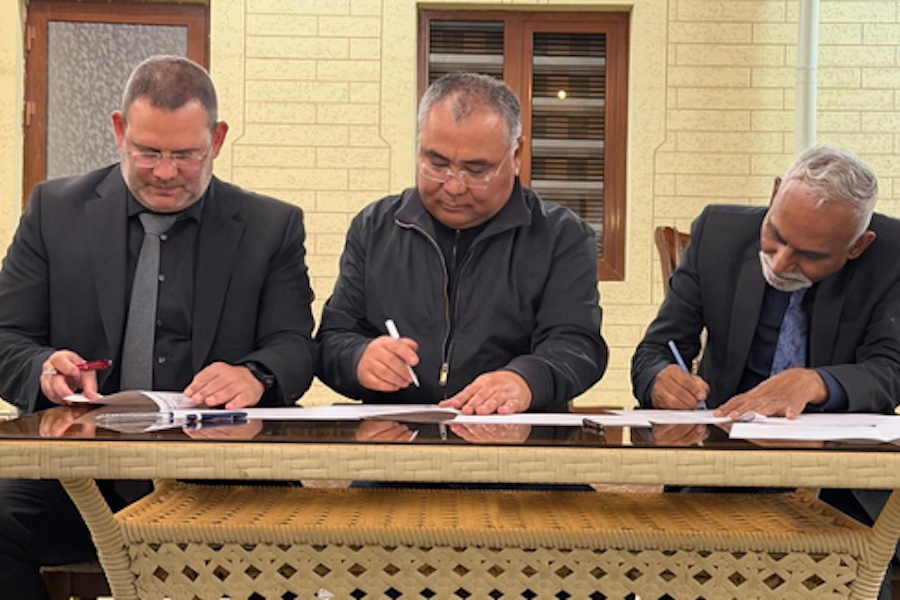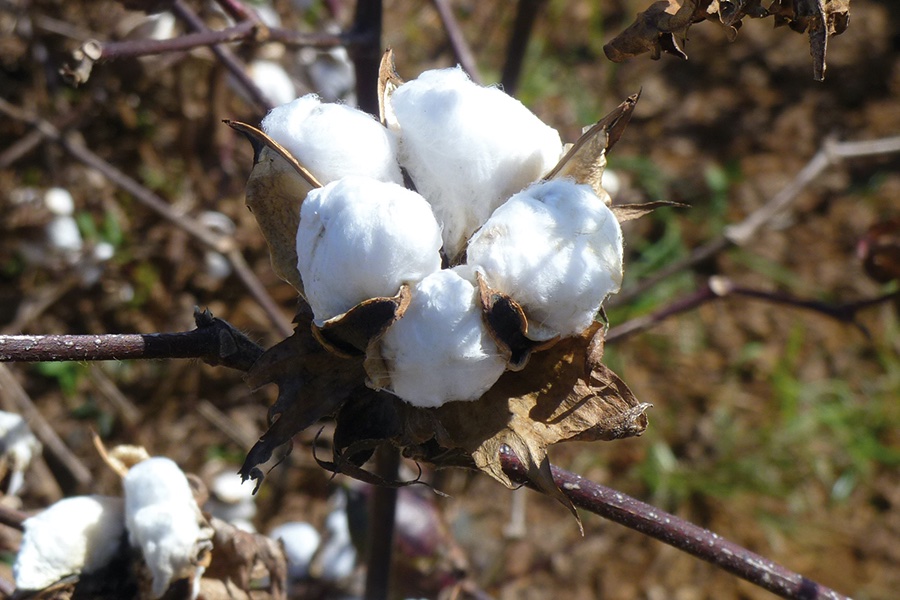#Raw Materials
The ICAC publishes new and improved World Cotton Trade Update
Executive Summary
The 2023 World Cotton Trade Update:
- Is a mid-year update to the annual World Cotton Trade Report, which is published in December of each year
- Has new content that was not published in prior versions of the World Cotton Trade Report
- Among the new content is information on all the cotton trading countries, on all the partner countries for each reporting country, and information on value of cotton lint traded
- Is designed to complement the ICAC's real-time Data Dashboard by providing comprehensive analysis and evaluating a variety of scenarios that could affect the market
'The current version of the World Cotton Trade Report and the Trade Update are a revamped version of the previous trade reports', said ICAC Commodity Trade Analyst Ms Parkhi Vats, author of the publication. 'We have expanded their scope to include information on all the cotton trading countries, on all the partner countries for each reporting country, and information on value of cotton lint traded.'
The revised Report is one of the many changes made by the ICAC in recent years, one of the most significant of which was the development of the Data Dashboard, a powerful data analysis tool that is free for visitors to use on the ICAC website. It is updated throughout the month to provide the most current information available and serves as an excellent complement to the more analytical, big-picture approach used in the World Cotton Trade Report.
'With the development of ICAC’s Data Dashboard, we moved away from publishing excel sheets and instead, will provide a written trade report update in the second quarter of each year, on active economic and market scenarios and the ongoing causes, concerns and variables that are impacting or may impact cotton trade', Ms Vats said. 'The data dashboard will provide constant, updated trade data at all times to all the users. Together, they provide a very powerful suite of data and analysis on the global cotton marketplace'.
The ICAC World Cotton Trade Report is published in December of each year and costs $250. An Update is published in April or May of each year and is included with the subscription. If you purchase the Update, you also will have access to the full Trade Report when it is released at the end of the year.







canva-900-1.jpg)






